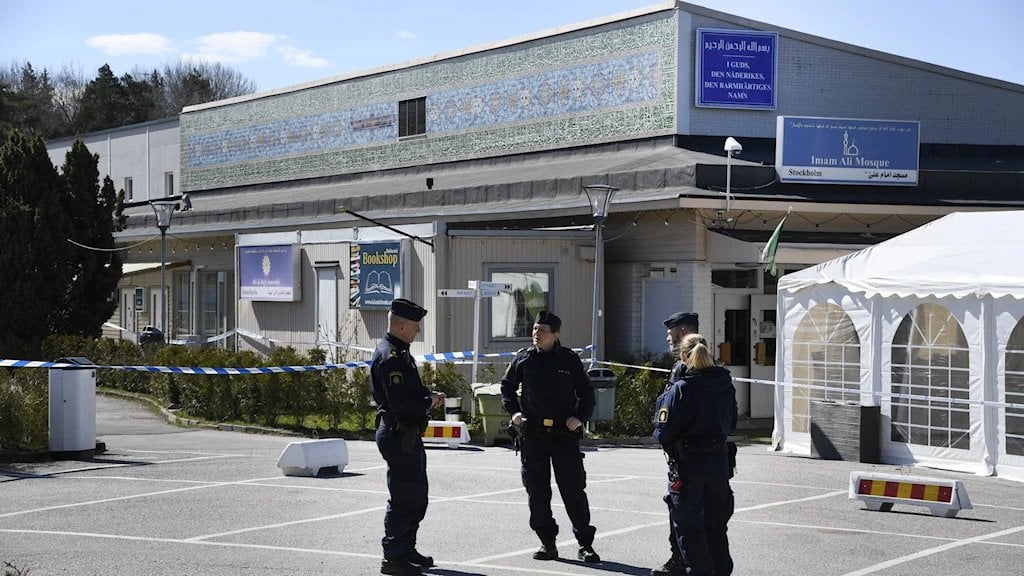ARTICLE AD BOX
Number of Israelis living in Judea and Samaria rises to 530,000, not including 340,000 Israelis living in parts of Jerusalem liberated in 1967, report says.
By David Rosenberg, World Israel News
The number of Israelis living in Judea and Samaria topped 530,000 in 2025, with the settler population slated to exceed one million by 2050, according to a new report published Wednesday morning.
The report, drafted by the Bet El Institutions and former MK Yaakov Katz, and based on data collected by Israel’s Central Bureau of Statistics, found that as of New Year’s Eve, the number of residents registered in the 125 Israeli towns in Judea and Samaria stood at 529,455, and is now projected to be nearing 540,000.
The growth rate of Judea and Samaria’s Israeli population continues to exceed that of Israel as a whole by more than twofold, with the area growing 2.33% during 2024, compared to 1.1% for Israel as a whole.
The statistics do not include the roughly 340,000 people living in Israeli neighborhoods in Jerusalem in areas liberated during the 1967 war. With the population of east Jerusalem included, roughly 880,000 Israelis now live in areas liberated from Jordan in the Six Day War.
If the growth rate observed in Judea and Samaria over the past five years continues, the number of Israelis living in the area will reach close to 605,000 in five years, nearly 700,000 by 2035, and will top 1,030,000 by 2050.
The two largest settlements are both ultra-Orthodox (Haredi) cities, with Modi’in Illit, in Samaria, topping the list with 90,633 residents, followed by Beitar Illit in Judea, with 73,198 residents.
Maale Adumim, east of Jerusalem, came in a distant third with 40,606 residents, followed by Givat Ze’ev with 24,654 and Ariel rounding out the top five with 21,711.
The Jordan Valley was the district within Judea and Samaria which enjoyed the most significant growth during 2024, expanding by 4.2% last year and by 25.5% during the last five years.

 3 hours ago
3
3 hours ago
3









 English (US) ·
English (US) ·